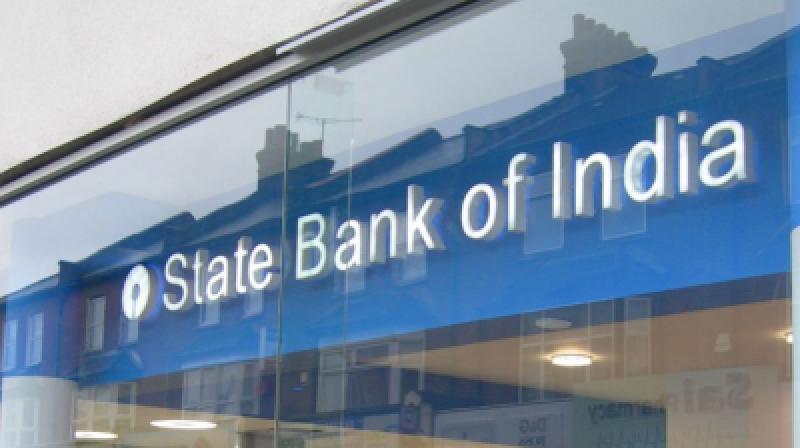SBI says low credit growth, high GDP suggest decoupling
Loan growth plummeted to a whopping six decadal low of 5.08 per cent in fiscal 2017.

Mumbai: State Bank of India said steep decline in credit growth, which hit a multi-decadal low in 2016-17 despite the economy clipping at around 7 per cent, suggests decoupling of credit growth and GDP.
Loan growth plummeted to a whopping six decadal low of 5.08 per cent in fiscal 2017, against 10.7 per cent a year ago, according to Reserve Bank data. This was the lowest since 1953-54, when credit demand recorded only 1.7 per cent growth.
"Earlier the math was very clear: if GDP grows at 7 per cent credit growth should be at 14-15 per cent. But now it seems a decoupling of the two has happened. There is no relationship between GDP and credit growth now," SBI managing director Rajnish Kumar told reporters here today.
According to economists, usually credit growth is faster than nominal GDP growth but now it is trailing the nominal GDP growth by a wider margin. The low advances growth is on account of the impaired balance-sheets of banks and weak demand for credit from industries, which are raising short-term funds from the debt market now, which is comparatively cheaper as well.
Kumar said demand for corporate credit or project finance has not picked up despite the economy faring better but consumption demand by way of home and auto loans as well as personal loans is growing at a very good pace. Asked about the currency shortage which customers have recently experienced, Kumar said the issue is not across the country but in certain geographies.
"It is very important that cash inflow and outflow should balance very quickly so that the problem of currency shortages in some pockets appearing from time to time is resolved," Kumar said. He said for SBI the outflow of funds is more than what it has received by the way of deposits and so it is more dependent on RBI for fresh supply of currency.
On the merger of the five associate banks, Kumar said the data merger of these banks will begin from April 24, starting with State Bank of Travancore. The nation's largest lender has merged its five associate banks -- State Bank of Bikaner & Jaipur, State Bank of Hyderabad, State Bank of Mysore, State Bank of Patiala, State Bank of Travancore -- and Bharatiya Mahila Bank with itself effective April 1.
The bank also is the process of putting up a new organisational structure to handle more branches which have gone to 24,000 post merger from 17,000 earlier. Kumar was talking to the media after inaugurating a heritage gallery of the Bank of Bombay at SBI's local head office at BKC.
The gallery displays the rare and invaluable documents of the Bank of Bombay, which was one of the initial entities of the present-day SBI. The Bank of Bombay and its two siblings-- Bank of Bengal and Bank of Madras--were the dominant lenders in the 19th and early 20th centuries in the country.
In 1920, these three presidency banks were amalgamated to form the Imperial Bank of India, which later become the SBI after Parliament in 1955 passed the SBI Act.
